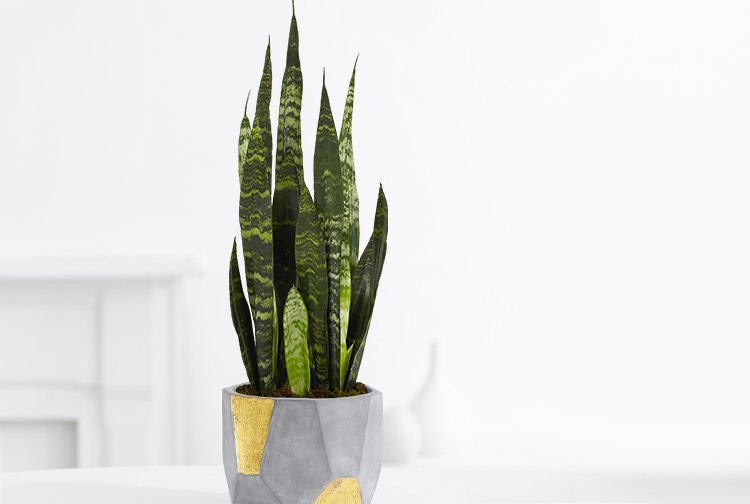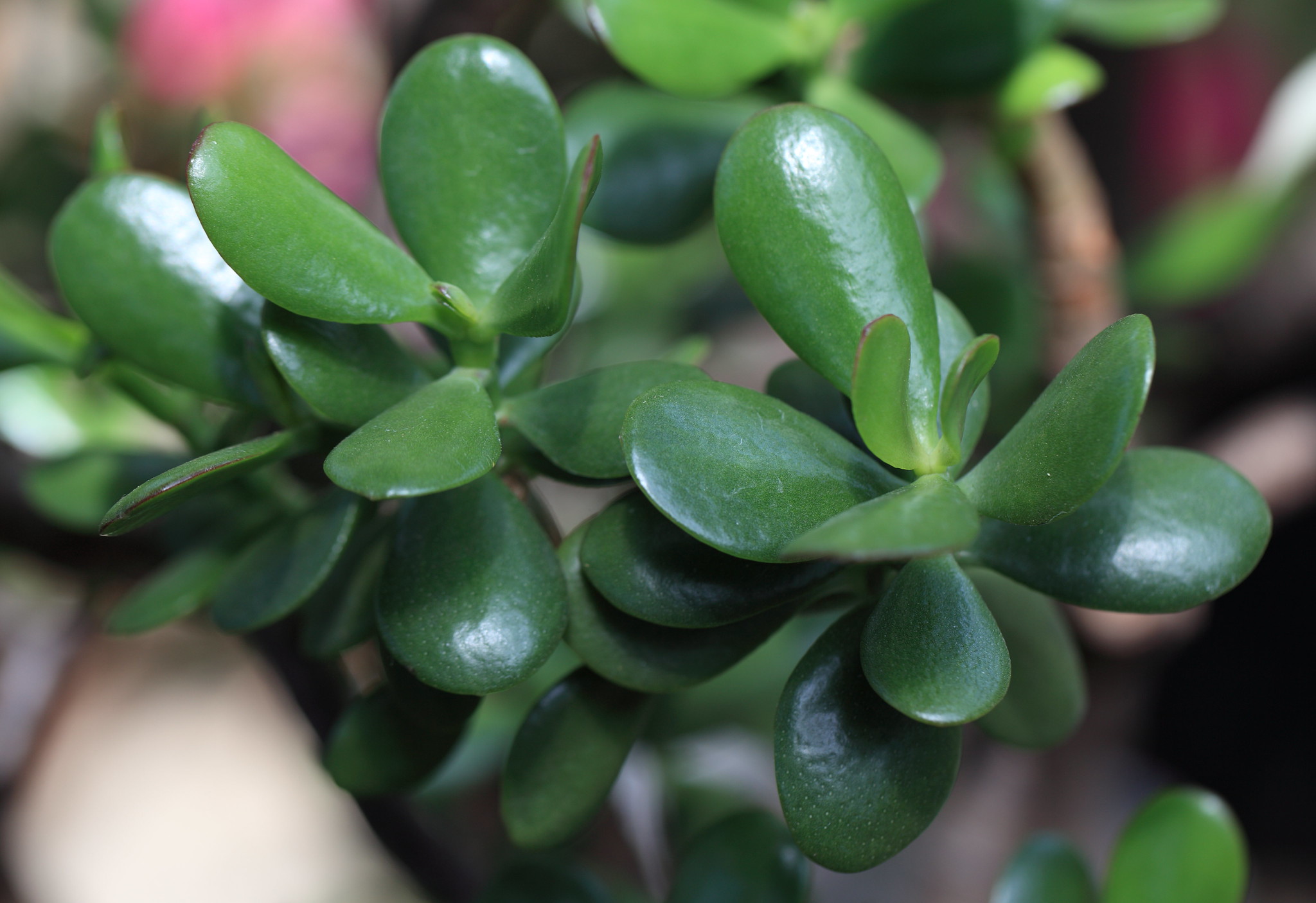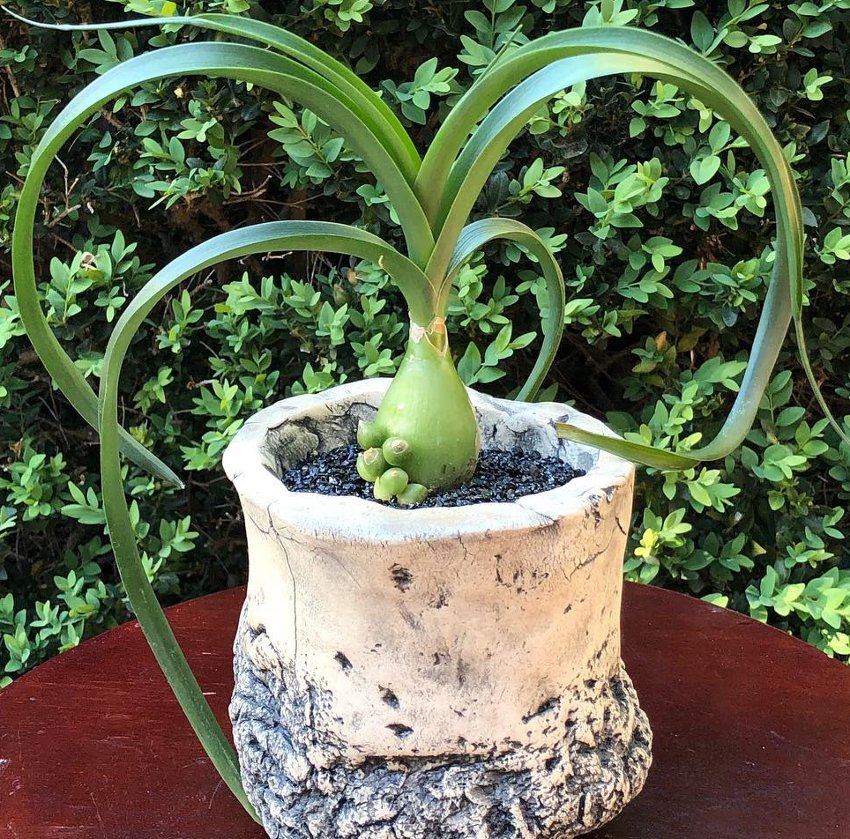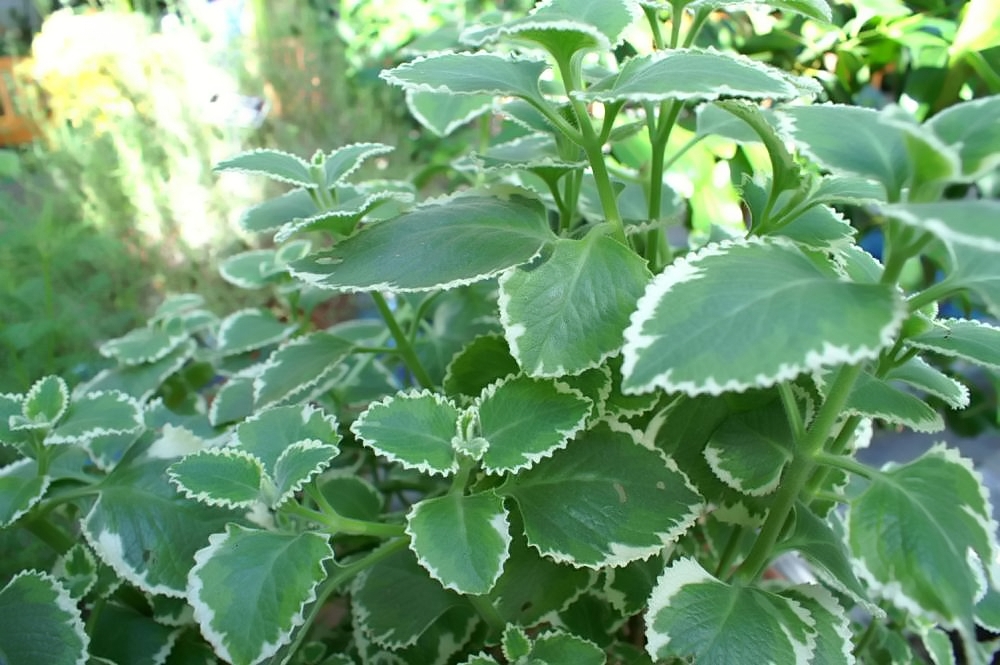The simple presence of plants in our environment is known to be beneficial in many ways — they help reduce stress, improve focus, facilitate healing, and act as natural air-purifiers and humidifiers; but some common houseplants have medicinal value to boot!
While modern medicine relies heavily on synthetically made drugs, traditional healing methods treated countless conditions by using the naturally occurring compounds found in plants — phytochemicals. Even today, over 100 chemicals used in medicines are botanically derived. Let’s see what secret powers your potted plants possess.
Snake Plant

The snake plant (Sansevieria trifasciata) is a succulent houseplant native to Asia and Africa. Low maintenance and unassuming, this common houseplant is popular in feng shui designs, as it is well known for its purification capabilities — including the removal of many airborne carcinogens. It is believed to absorb negative energy and thus harmonize a space.
Snake plant also has some lesser-known medicinal value. The phytochemical saponin found in snake plant leaves has diuretic, choleretic and laxative properties. It can promote healthy cholesterol levels, boost immunity, flush out parasites and destroy cancer cells.
Please note that saponin is found in many plant-based foods, and it is also toxic in large quantities — so don’t harm your plant and possibly yourself by consuming its leaves.
Success
You are now signed up for our newsletter
Success
Check your email to complete sign up
The sap from a broken leaf can, however, be safely applied externally to help heal wounds or burns and reduce inflammation.
If you don’t have a snake plant already, they are a great choice for budding horticulturalists. Sansevieria comes in a variety of shapes and sizes, but they are all easy to care for. Place this plant in indirect sun, water it occasionally, and you’ll both be happy. Overwatering is the most common mistake with snake plants, so be sure to give it well-drained soil and wait until it dries between waterings.
Jade Plant

The jade plant (Crassula ovata) is a common, low-maintenance succulent grown all around the world. In their native African environment, jades can grow to be small trees; but they are well-behaved houseplants and self-propagate readily. Their thick, waxy leaves minimize the loss of water through transpiration, so they need very little water; but they prefer full sun.
Jade has long been used in traditional medicines, with its effectiveness likely due to a number of active compounds found in its leaves. Quercetin is a powerful antioxidant found in many fruits and vegetables that helps protect cells from damage; kaempferol is an anti-inflammatory flavonoid that helps reduce pain and swelling; and luteolin is an antioxidant compound often recommended as a supplement for improved cognitive function.
In Africa, jade has been traditionally used to treat corns and calluses, diarrhea, epilepsy and as a natural purgative. One folk remedy suggests treating warts daily with the application of a fresh-cut jade leaf until they fall off. In China, a special variety of jade is used to treat diabetes.
While jade is considered non-toxic to humans, it is said to be toxic to dogs — although they are unlikely to consume it voluntarily. Please enjoy your jade whole and unmolested, though you might cautiously experiment with any broken off bits.
This plant will thrive in a sunny window with monthly watering. If you move your plants outdoors in the summer, be sure to bring the jade back in before it gets cold. Freezing temperatures and over-watering are a jade’s worst enemies.

Pregnant onion
A less-common, but similarly useful succulent is the pregnant onion (Ornithogalum longibracteatum). This African native is a member of the hyacinth family and is not actually an onion. Like an onion, however, it produces several lanceolate leaves from an epigeal bulb; and as the name suggests, it reproduces via small bulblets that appear to pop out of said bulb.
Also known as the false sea onion, this plant contains several alkaloids, flavonoids, and glycosides — bioactive compounds beneficial to the metabolic, muscular and circulatory systems.
Although potentially toxic in large quantities, juice from the plant is a folk remedy against colds, and extracts are used to treat gout.
Pulverized leaves can be applied to reduce pain and swelling, and juice can be applied directly to minor injuries to prevent infection.
Once established, this plant is very tolerant and low-maintenance. Like most succulents, it needs well-drained soil, and prefers a sunny spot. It grows vigorously in good conditions, but will not tolerate freezing.
Cuban oregano

Cuban oregano (Plectranthus amboinicus) is another unusual plant with a misnomer, for it is neither Cuban nor oregano. Also native to Africa, early traders spread this supple, aromatic herb around the world where it is often used to flavor meat and fish. It has naturalized in tropical areas and is otherwise easy to keep as a potted herb indoors.
Oddly enough, in Cuba it is known as “French oregano.” Other common names include broad thyme, Indian borage, Mexican mint, Spanish thyme or Vicks plant.
The strong scent of the foliage is a good indicator of its sweeping medicinal value. With over 100 phytochemical compounds, this herb has antibacterial, antifungal, anti-inflammatory and antiviral properties. Completely edible, Cuban oregano is used widely in Ayurvedic medicine and other traditional practices to treat everything from allergies and insect bites to fevers and convulsions.
It is especially recommended for sore throat, congestion, and respiratory ailments. Cuban oregano’s diuretic nature makes it a good detoxifying agent, as it assists the kidneys in expelling excess fats, salts and toxins from the body. Like most plants in the mint family, Cuban oregano also boosts immunity and improves digestion.
Some simple and safe ways to use your Cuban oregano medicinally include:
- A tonic of fresh juice from ginger and the leaves of Cuban oregano can be taken for gastrointestinal complaints.
- A small amount of juice mixed with honey helps relieve coughs and respiratory ailments.
- For fever, take two tablespoons of the juice twice daily.
- A paste of the leaves can be applied to the temples to relieve headaches.
- Crushed leaves with coconut oil helps relieve the itching and swelling from insect bites.
Other than simply having it within sight and smell, consuming small amounts of Cuban oregano regularly may be the best way to enjoy its benefits. Use it in place of common oregano, or dry some leaves for use in herbal teas.
This plant is not fussy, and will grow happily in decent soil with plenty of sun and some water. It is easy to propagate from cuttings, but will not tolerate frost. Pinching back the stems helps it stay full and beautiful, so don’t be afraid to harvest this herb.
READ ALSO:
- Indoor Gardening: How to Care for Your Houseplants Through the Winter
- Aloe Vera: One of Nature’s Most Potent Healing Plants
- Plants Have Intelligence’: UBC Professor Findings
Please note: This article is not meant to encourage the mutilation of your houseplants for medicinal use. The intent is to provide new insight and inspire a deeper respect for the living beings around us. Care for them well, and they will provide us with what we need!
















